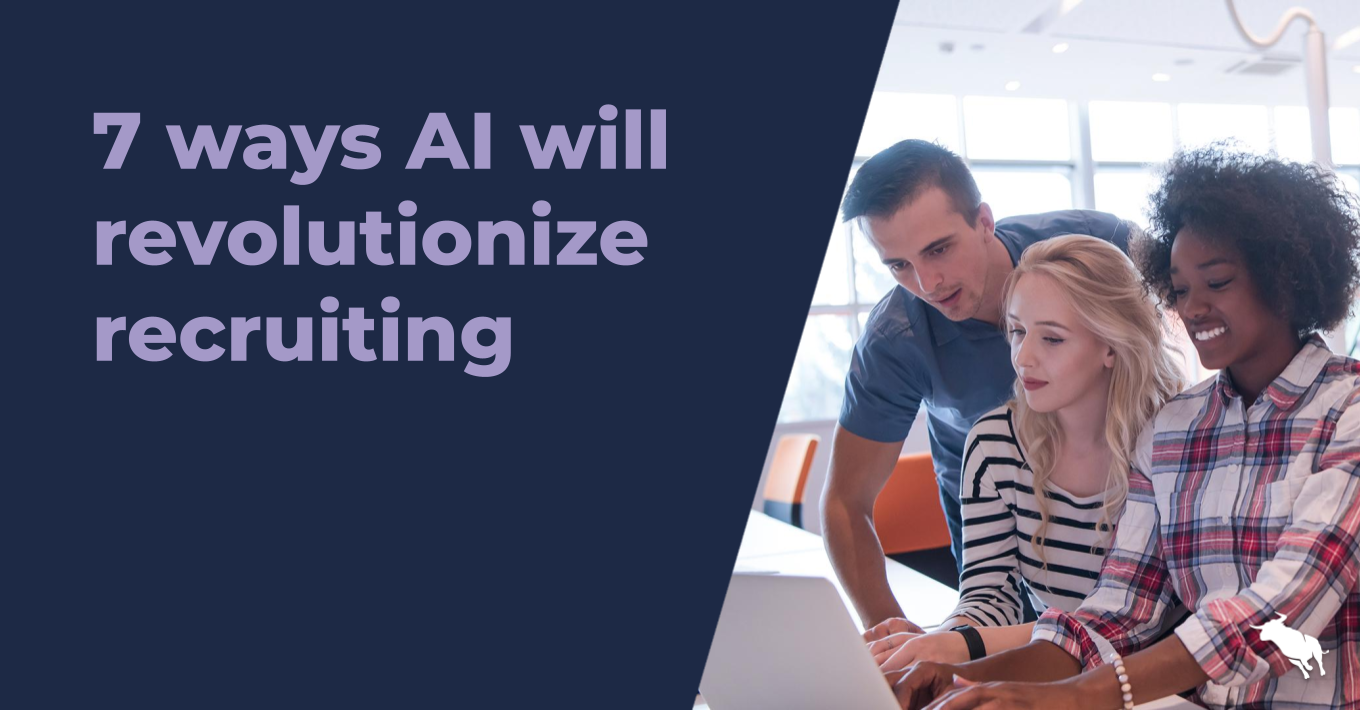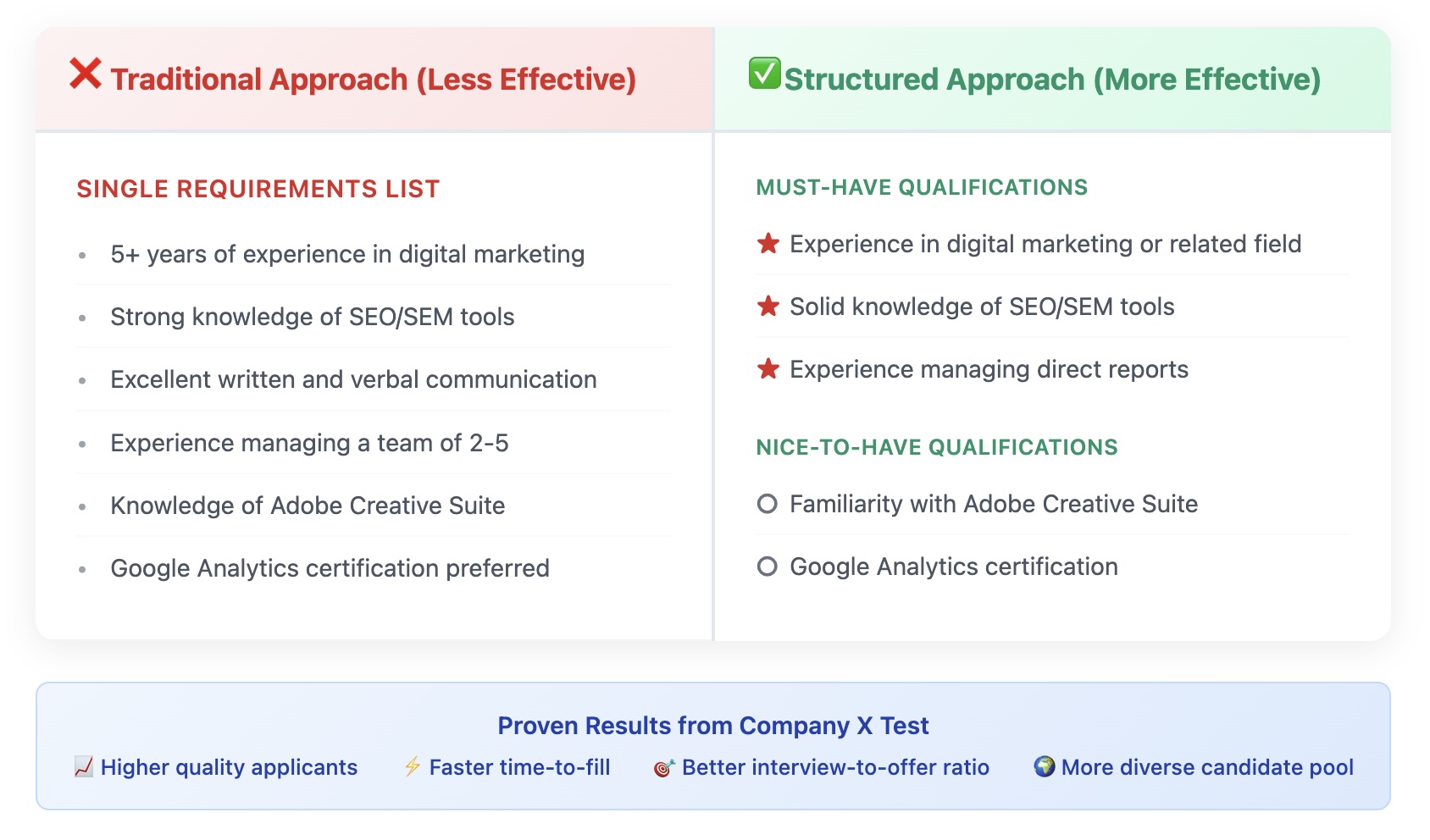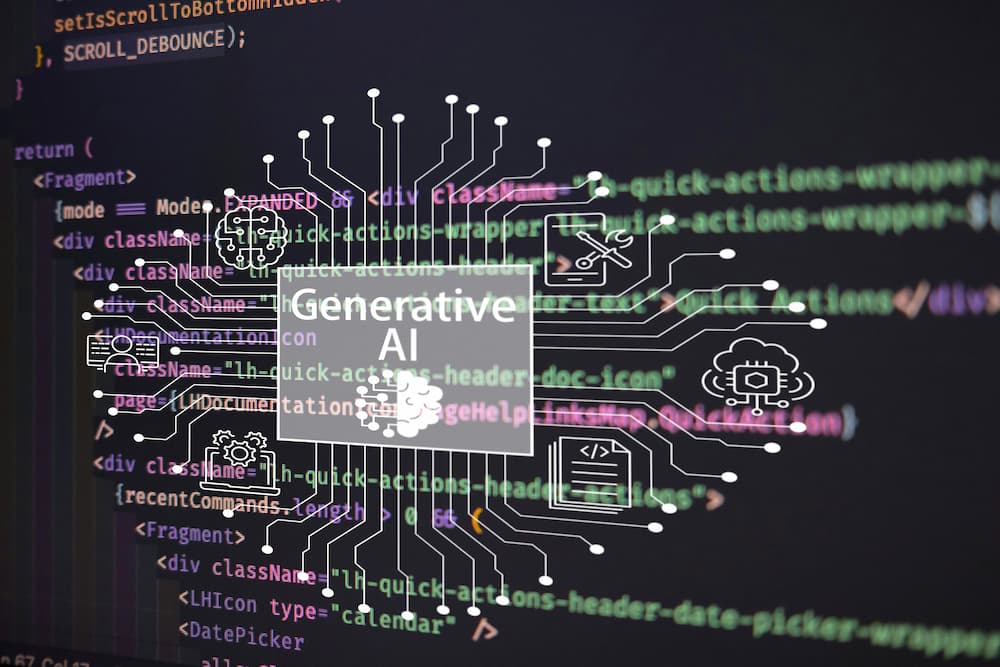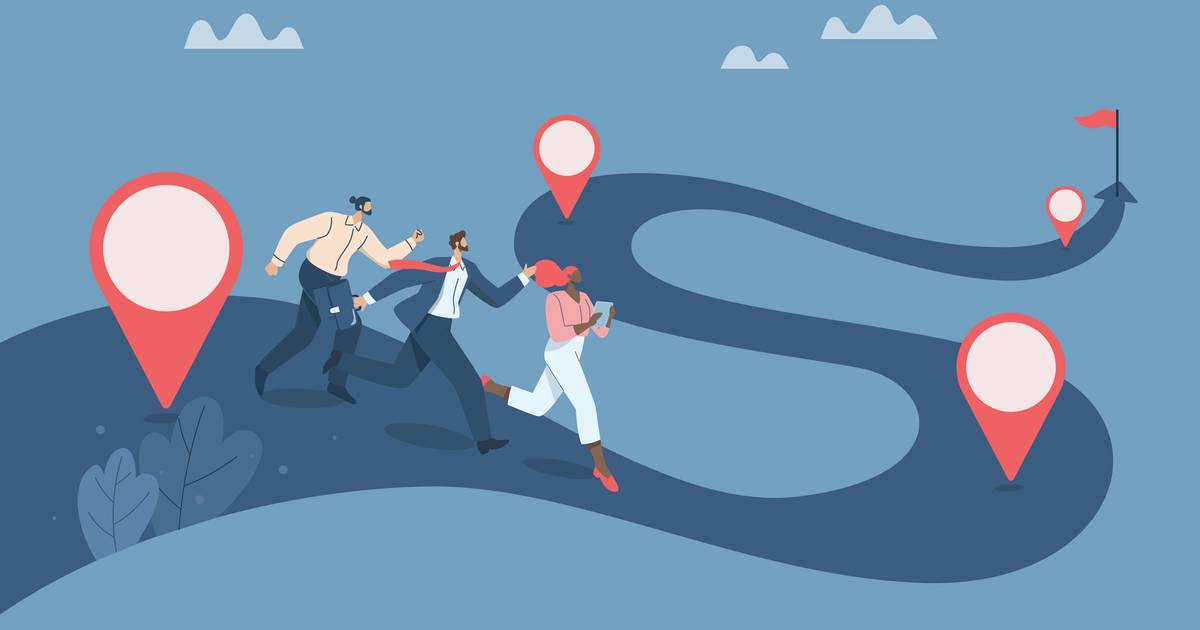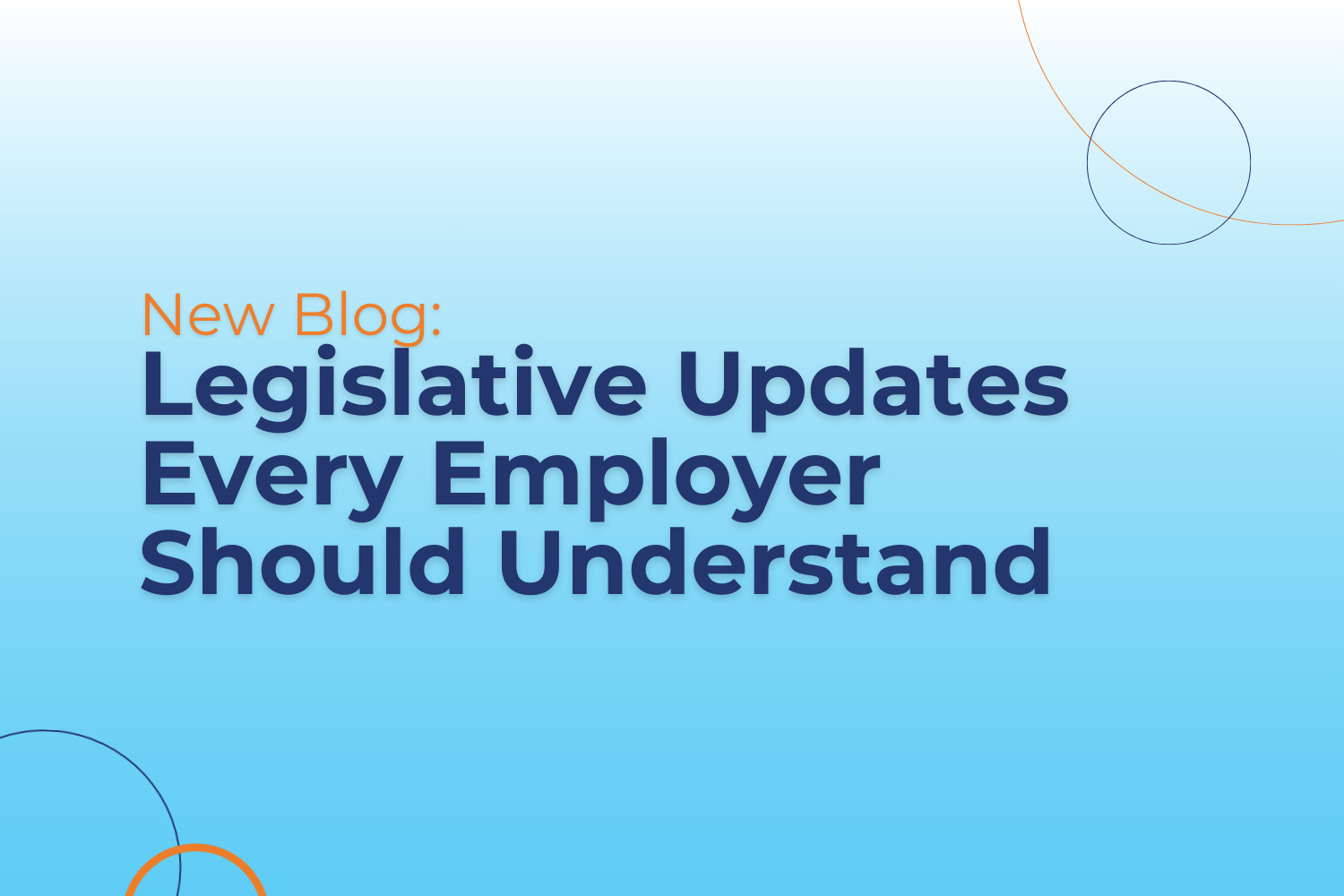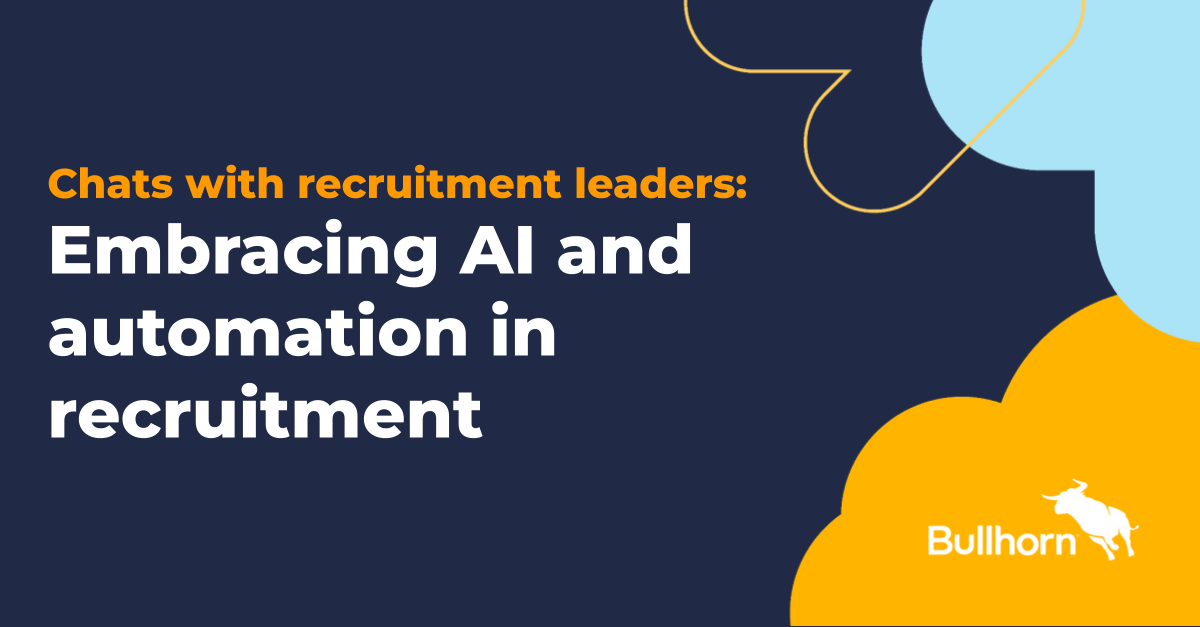AI is the buzzword of the day in many industries, including staffing. Although everyone is talking about it, it turns out that most companies are still in the exploratory stages of AI adoption, experimenting in limited ways and investigating how they might use it more in the future. In the process, recruiters have begun to create a wishlist of tangible AI applications that they believe could revolutionize the industry.
Recently, Bullhorn sat down with several executives at staffing and recruitment agencies to understand what they are really looking for from AI — and how far away that vision is from becoming a reality.
These are seven of the novel ways that recruiters hope to see AI change the industry for the better in the next 2-3 years.
- Quickly create candidate shortlists. It is no surprise that candidate matching tops most recruiters’ AI wishlists. AI has huge potential to use the job description to quickly and accurately identify the candidates most likely to fit the role and be interested. And recruiters want the ability to customize, rank, and iterate the search criteria that matter for their specific firm — not just relying on the AI algorithm to learn, but actively teaching it. And they would like to be able to build their own proprietary measures, like stability of work history.
- Take over Boolean search. In the near future, most recruiters expect that AI will revolutionize Boolean search strings based on job descriptions to significantly increase sourcing accuracy and ensure that viable candidates aren’t overlooked. This will particularly help newer recruiters who aren’t particularly experienced at Boolean search, bringing them quickly up to the level of productivity of more senior recruiters.
- Pitch candidates on jobs. During the source and match stage, AI tools use the job description and the candidate’s resume or CV to frame the role in the way that will be the most appealing to that specific candidate. This will be especially helpful in pitching passive candidates who need a really compelling case for exploring new opportunities.
- Generate interview questions. AI can save recruiters significant time when it comes to generating interview questions to screen candidates based on a job description. This can be a real game-changer for highly technical job descriptions — like mechanical engineers — particularly for newer recruiters who don’t have a detailed understanding of some of those roles.
- Rework job descriptions. Often clients will provide job descriptions that reflect their internal terms and structures. AI can help translate those into more general, industry-wide language and generate job ads that will have the widest impact.
- Generate candidate communications. This one is a bit tricky — most recruiters said they would be careful about sending AI-generated communications to executive search candidates or passive candidates at any level, relying on the human relationship. However, many said they would like to rely heavily on AI to generate initial emails to active candidates and when seeking to place several people in the same highly standardized role.
- Generate marketing content. Several recruiters report already using generative AI tools to create first drafts of blog posts or marketing materials. The ability to enter desired SEO terms into the AI tool makes this a great way to create a first draft without a lot of human effort.
What is the impact?
When considering the benefits of generative AI, recruiters gave very consistent responses. Using AI in these ways will:
- Speed up identifying and communicating with high-quality candidates
- Improve accuracy of sourcing
- Build on existing automation tools to take even more rote, repetitive tasks off of recruiters’ plates
- Improve recruiter productivity and free up time for other important tasks
Potential pitfalls
Everyone we talked to gave the same few caveats when it came to relying on AI. Right now, they want human eyes on any AI-generated communications. This is not only to ensure accuracy but to make sure that communications aren’t too generic. The most successful staffing firms are differentiated by their specialized expertise, which should be reflected in any public-facing materials.
And recruiters are equally clear that AI should never be about replacing human beings, but about freeing recruiters up to focus on the personal relationships that are at the heart of the staffing industry.
Looking for more information about how AI will impact staffing? Learn more about Bullhorn’s approach to AI.





